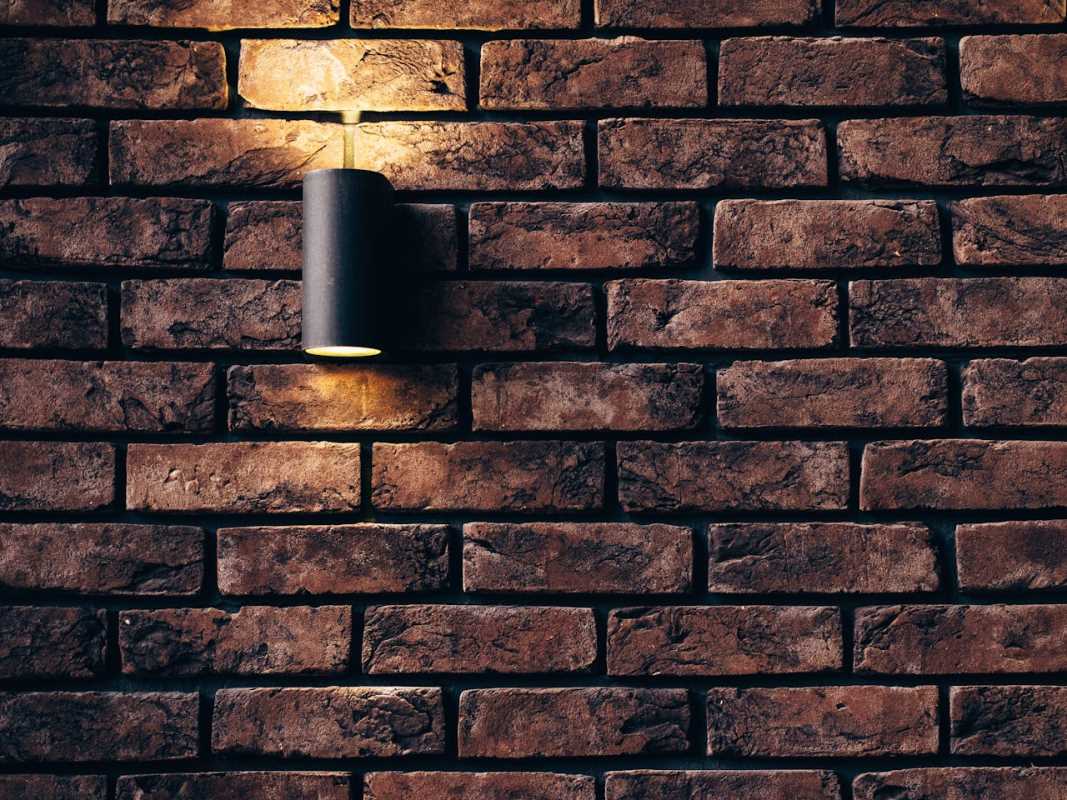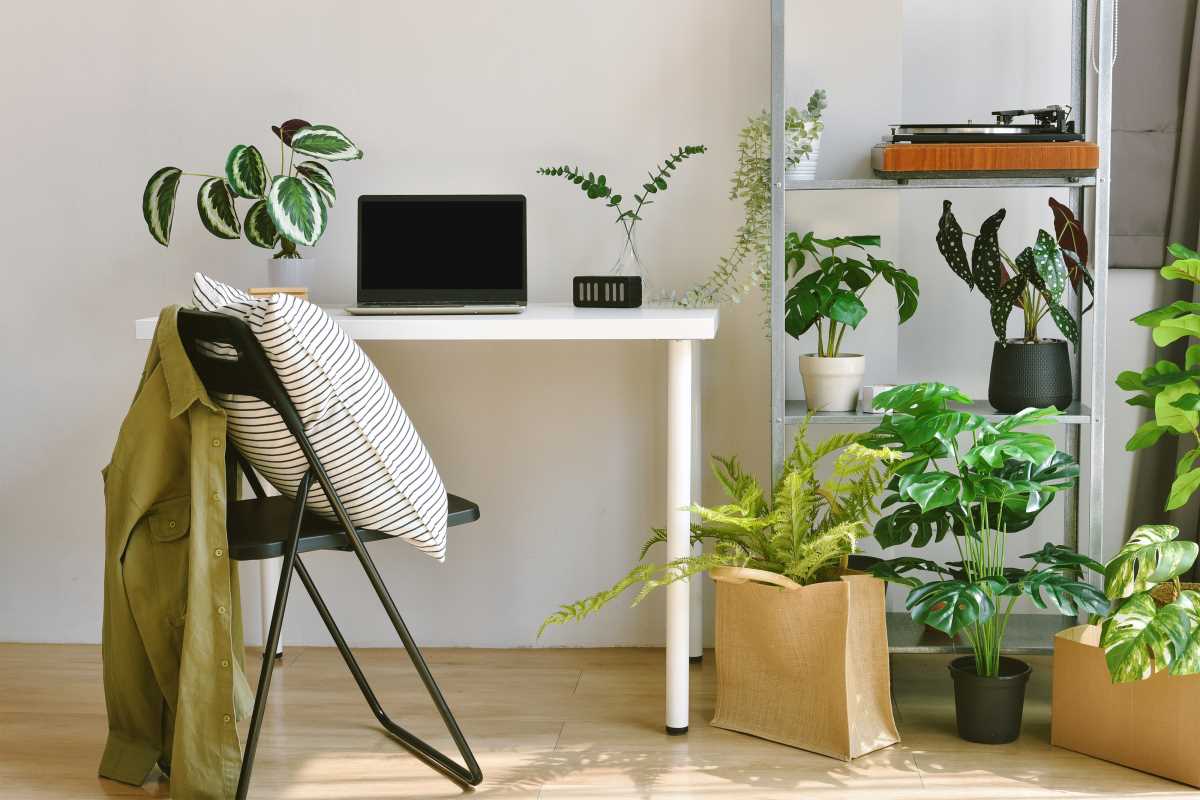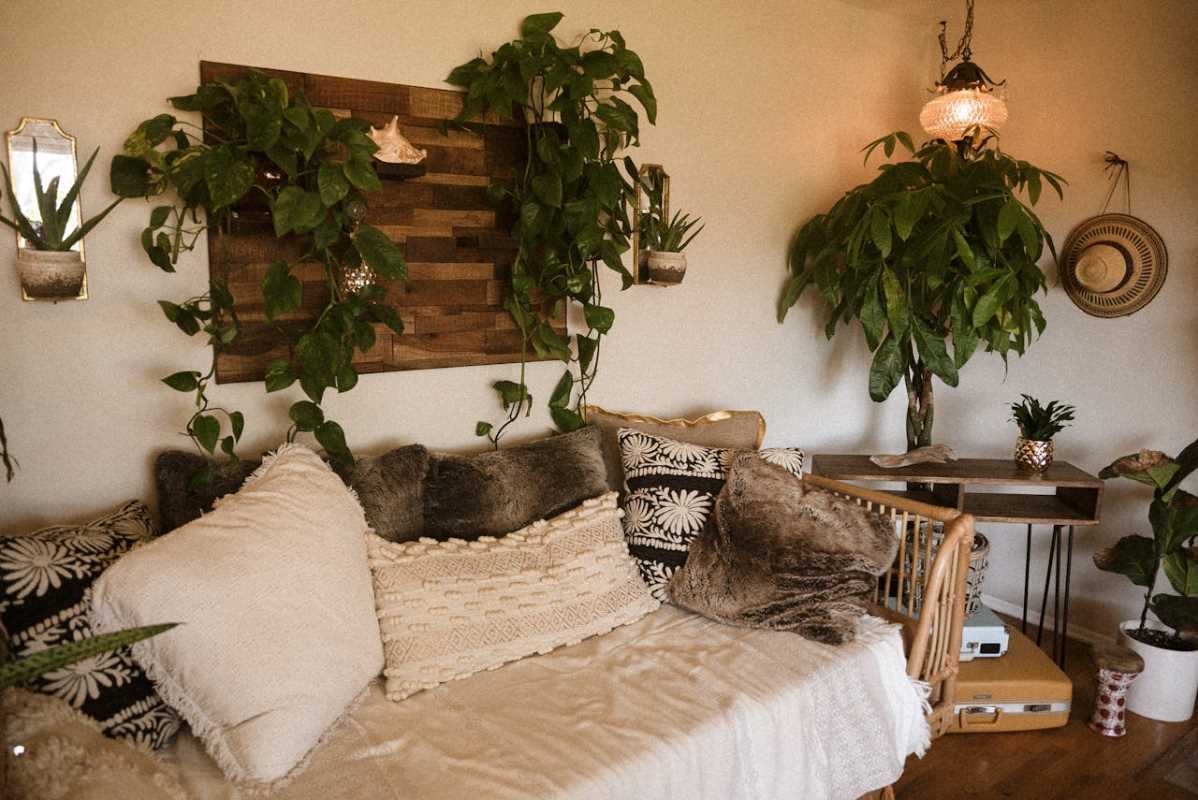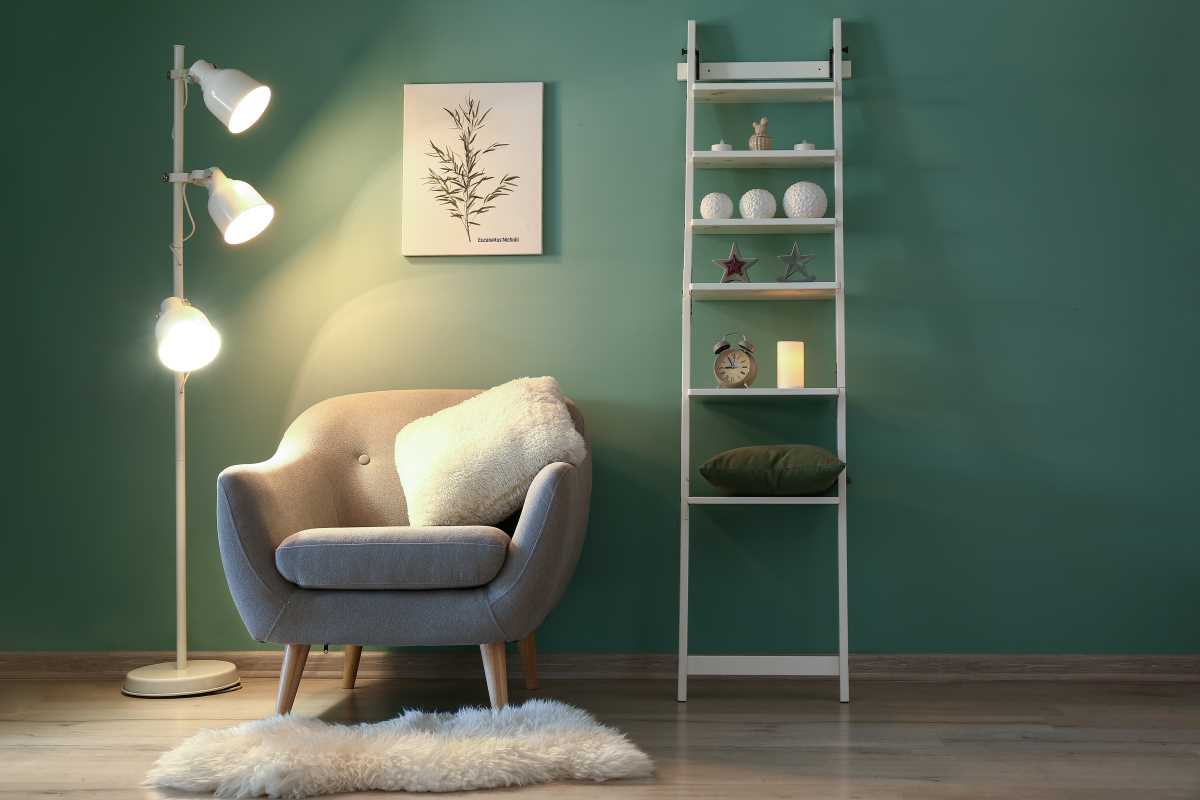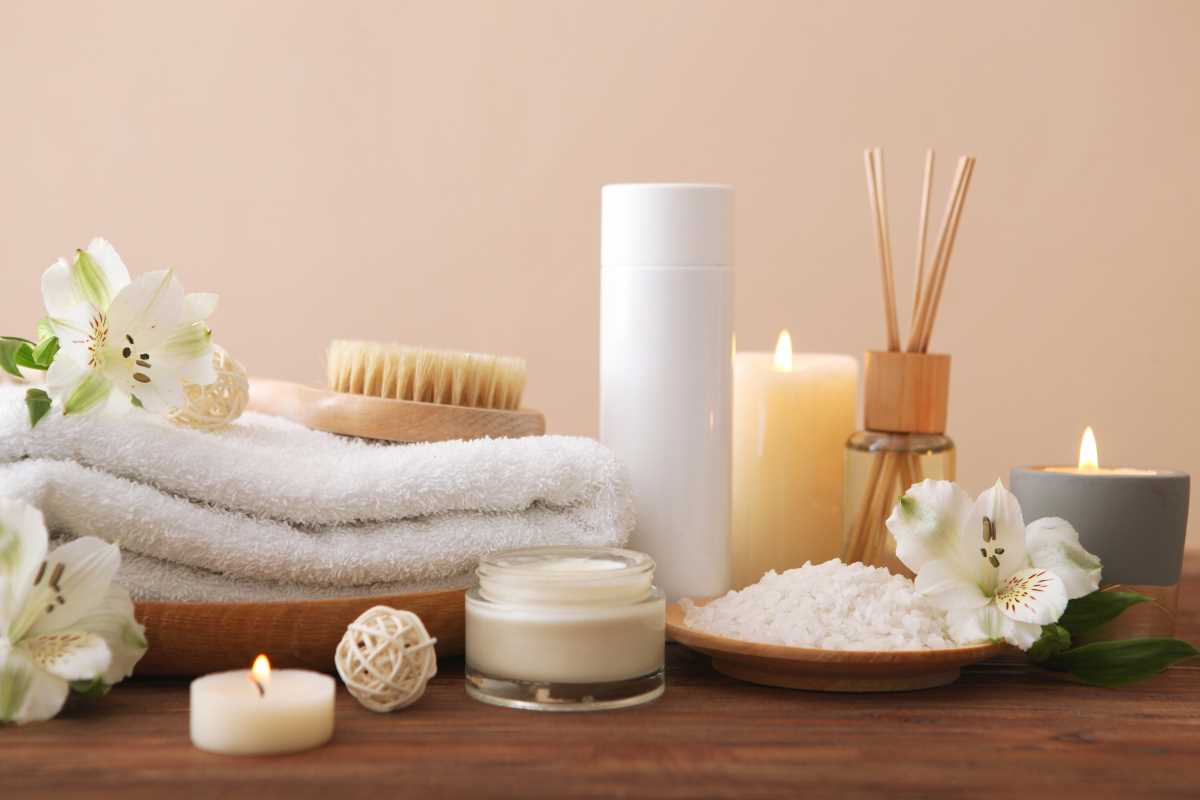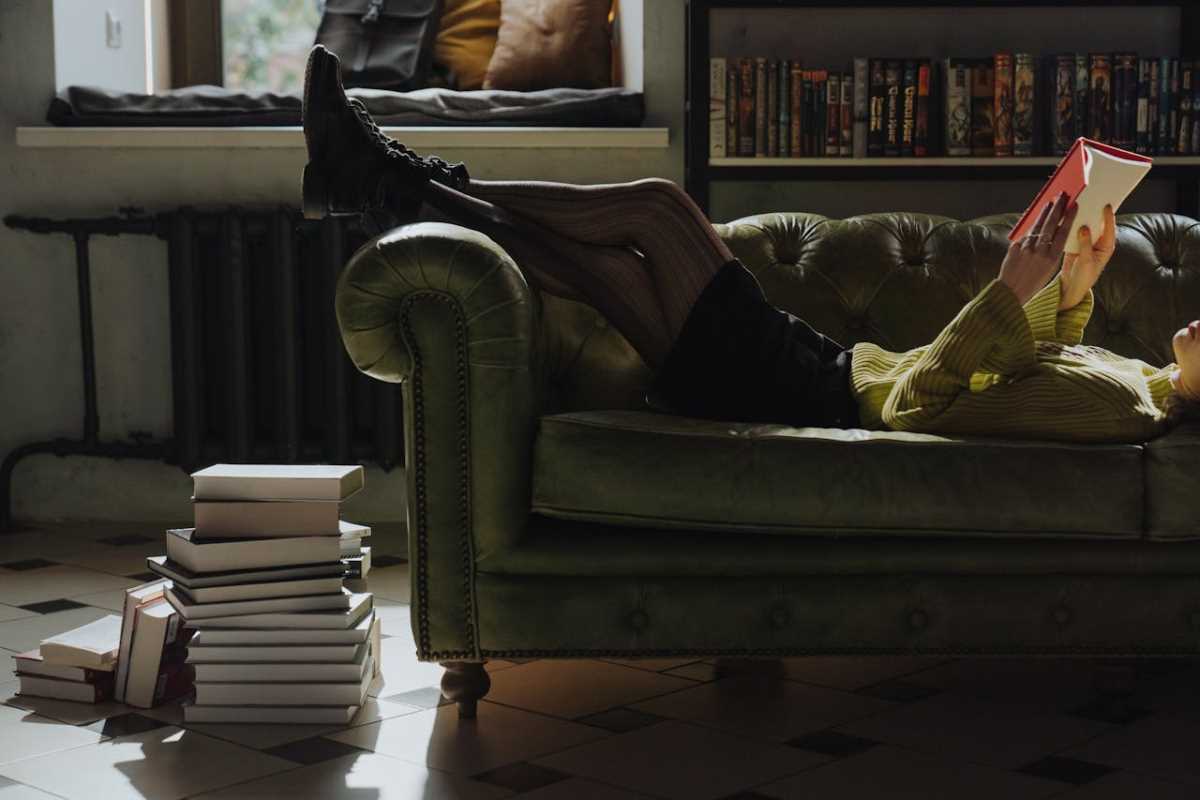Your closet is overflowing, your shelves are cluttered, and your digital desktop is a mess of icons. Sound familiar? Many of us feel overwhelmed by the sheer amount of stuff we own. This is where minimalism comes in. It’s a lifestyle focused on living with less. This isn't about getting rid of all your possessions and living in a bare white room. Instead, it’s about intentionally choosing to keep only the things that add real value to your life. Adopting a minimalist lifestyle can reduce stress, save you money, and give you more time and freedom to focus on what truly matters.
Understanding the "Why" Behind Minimalism
Before you start tossing things into donation bags, it’s important to understand your personal motivation for exploring minimalism. This "why" will be your guide and keep you going when the process gets tough. Are you trying to save money for a big goal like traveling or buying a home? Are you feeling stressed and anxious because of the clutter in your living space? Do you want to spend less time cleaning and organizing and more time on your hobbies or with loved ones?
Your reason is unique to you. Take a moment to think about what you hope to gain. You may want to have a smaller environmental footprint by consuming less. Perhaps you're tired of the constant pressure to buy the latest and greatest things. A clear purpose will help you make conscious decisions about what to keep and what to discard. This isn't about deprivation, but it's about making intentional choices that align with your personal goals and values. Keeping your "why" in mind turns decluttering from a chore into a fulfilling act of self-improvement.
The First Step: Decluttering Your Space
The most visible part of adopting a minimalist lifestyle is decluttering your physical environment. This is often the hardest but most rewarding step. The key is to start small to avoid feeling overwhelmed. Don't try to declutter your entire house in one weekend. Pick one small, manageable area, like a single drawer in your kitchen, your nightstand, or your car's glove compartment.
As you go through your items, ask yourself a few simple questions. Does this item bring me joy? Have I used this in the last year? Do I have something else that serves the same purpose? Be honest with yourself. It's easy to invent "just in case" scenarios for things you never use. Create four boxes or piles: Keep, Donate/Sell, Trash, and Relocate (for items that are in the wrong room). This simple system helps you make clear decisions for every single item.
Popular Decluttering Methods for Beginners
- The 90/90 Rule: Look at an item. Have you used it in the last 90 days? Will you use it in the next 90 days? If the answer to both is no, it’s probably safe to let it go.
- The KonMari Method: Popularized by Marie Kondo, this method involves touching each item and asking if it "sparks joy." It encourages you to keep only the things you truly love.
- The One-In, One-Out Rule: This is a great maintenance strategy. For every new item you bring into your home, you must get rid of one similar item. Buying new shoes means an old pair has to go.
- The Packing Party: Imagine you're moving. Pack up all your belongings in a specific room as if you were. Over the next few weeks or months, only unpack the items you actually need. You’ll be surprised by how much stays in the boxes.
Embracing a Minimalist Mindset Beyond "Stuff"
Minimalism is about more than just having fewer possessions. It’s a mindset that can be applied to many areas of your life. Once you’ve started clearing out your physical space, you can begin to declutter your digital life, your schedule, and even your finances. These areas contribute to mental clutter just as much as a messy room does. You can start with your digital world.
- Unsubscribe from marketing emails that tempt you to shop.
- Delete apps on your phone that you never use or that just waste your time.
- Organize your computer files into a simple folder system and clear off your desktop.
Next, look at your calendar. A minimalist approach to your schedule means learning to say "no." You don't have to accept every invitation or fill every moment with activity. Prioritize commitments that align with your values and bring you energy. Leave empty space in your calendar for rest, spontaneity, and simply doing nothing. This is crucial for avoiding burnout and living a more intentional life.
Applying Minimalism to Daily Life
- Mindful Consumption: Before buying something new, pause and think. Do I really need this? Where will I store it? Can I borrow it or buy it secondhand instead? This helps curb impulse shopping.
- Curate Your Social Media: Unfollow accounts that make you feel bad about yourself or create a sense of comparison and wanting more. Fill your feed with content that inspires and educates you.
- Simplify Your Finances: Automate your bill payments and savings contributions. Consolidate bank accounts and credit cards where possible. A simpler financial system is easier to manage and causes less stress.
- Create Simple Routines: A simple morning or evening routine can bring a sense of calm and order to your day without requiring much thought or energy.
The Long-Term Benefits of Living with Less
Your needs and priorities will change over time, and your version of minimalism will evolve with them. The goal is not perfection but progress. Don't get discouraged if you feel the clutter creeping back in. Simply return to your "why" and start the process again, one small area at a time.
Over time, you'll likely notice significant benefits. You’ll have more disposable income because you're buying less. You’ll have more free time because you spend less of it cleaning, organizing, and shopping. Most importantly, you may feel a greater sense of peace and clarity. By removing the distractions of excess stuff, you create mental space to focus on your health, your relationships, your passions, and your personal growth. This is the true freedom that a minimalist lifestyle offers. It's about owning less and living more.
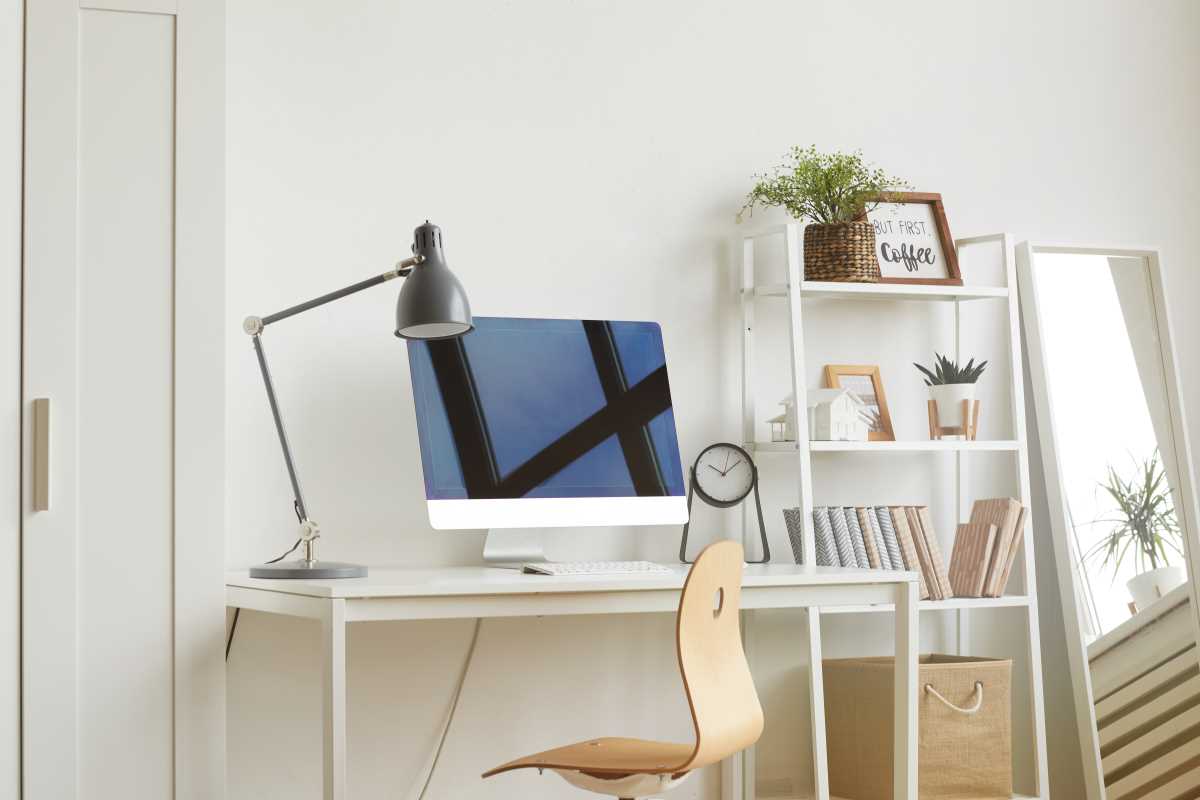 (Image via
(Image via